
In 1916, Dr. William Skinner Cooper, set up a series of study plots in Glacier Bay, Alaska. Cooper was inspired to visit the area after reading reports from the famous naturalist John Muir, who visited in the late 19th century, and wrote that the glacial ice found there by 18th-century European travelers had retreated. As the glacier disappeared, the land had been left bare. This condition fascinated Cooper, who studied plant succession—the development of plant communities over time. For Cooper, Glacier Bay represented a unique opportunity to study the change in plant communities over decades, as they moved into this newly available neighborhood. What plants would be the first to arrive? What would grow next? How would the first plant pioneers prepare the soil for later arrivals?
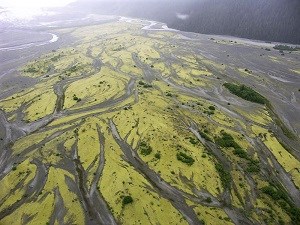
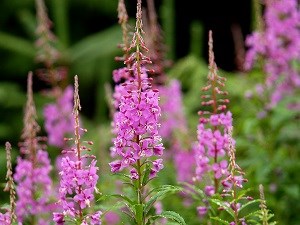
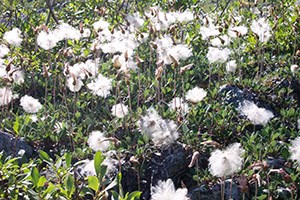
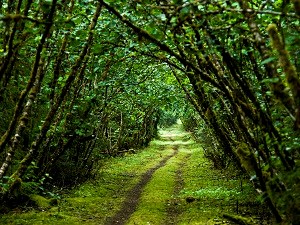
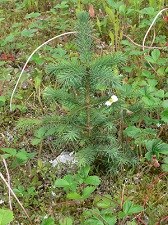
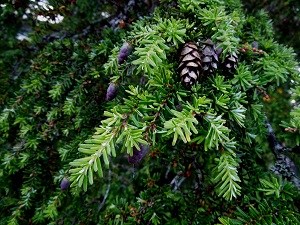
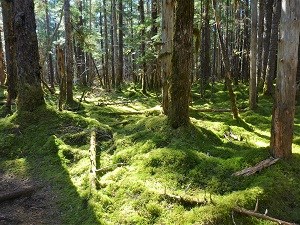
Plant Succession Research Highlights |
Last updated: July 24, 2024

